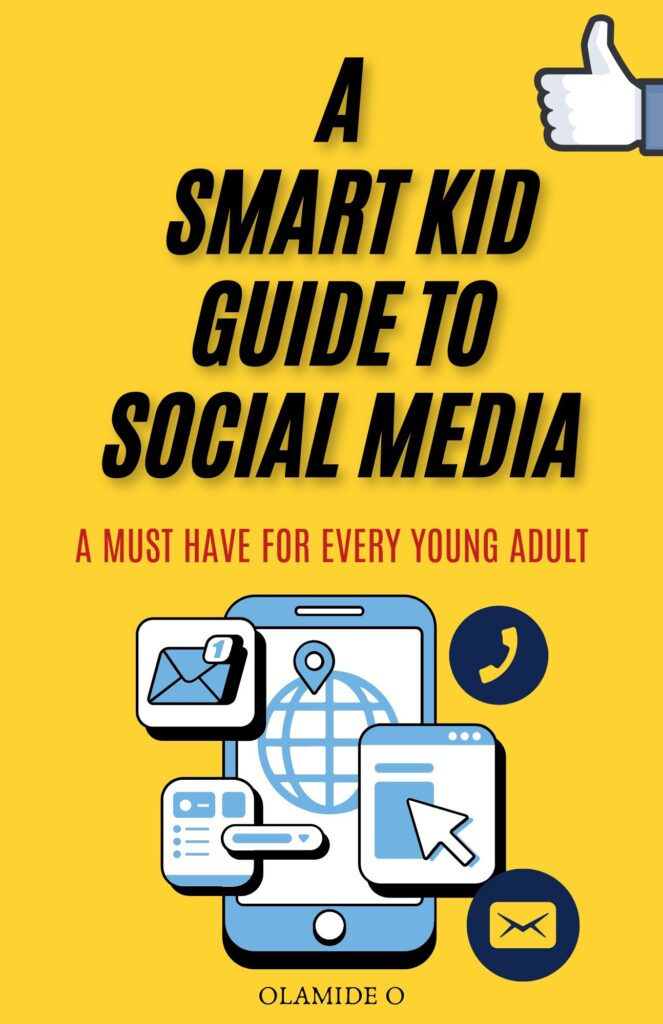Social media can be a fun way for kids to connect with friends, explore new interests, and express themselves. However, it’s important to understand how to use it safely and responsibly. Here’s how kids can make the most out of social media while staying smart and secure.
- Set Up a Safe Profile
When creating an account, kids should make sure their profile is private. This means only trusted friends and family can see their posts and personal information. Encourage them to choose a username that doesn’t reveal too much about them.
2. Protect Personal Information
Teach kids not to share sensitive details like their full name, address, school, or phone number. Let them know that personal information should always stay private to stay safe online.
3. Choose Platforms Wisely
Not all social media platforms are suitable for kids. Platforms like TikTok, Instagram, and YouTube are popular, but it’s important to check their age ratings and set parental controls. Some platforms are specifically designed for kids and offer a safer environment.
4. Be Kind and Respectful
Remind kids that social media is a space for kindness, not bullying. Teach them to treat others with respect and avoid spreading negativity. If they see something inappropriate or hurtful, they should know how to report it.
Want to dive deeper into teaching your child how to navigate the digital world safely and with confidence?
Check out our book “A Smart Kid’s Guide to Social Media” for more tips, real-life examples, and strategies to help your child thrive online.

This book is packed with valuable insights that will empower both kids and parents to make the most out of social media while staying safe and positive.
Read More >>> A smart kid guide to social media
5. Screen Time Balance
Social media can be exciting, but it’s important to balance it with other activities. Set limits on screen time to encourage outdoor play, hobbies, and face-to-face interactions. Too much screen time can lead to unhealthy habits, so it’s important for kids to have time for physical activity, reading, and spending time with family.
6. Be Mindful of What You Post
Teach kids to think before posting. Remind them that once something is shared online, it can be seen by others—even if they delete it. Help them understand the long-term effects of their posts, and encourage them to post only what they’re comfortable with everyone seeing.
7. Learn About Privacy Settings
Kids should know how to adjust privacy settings on their social media accounts. Help them set their profiles to private so only approved followers can view their content. This is one of the easiest ways to protect their online presence and control who sees their posts.
8. Handle Friend Requests Wisely
It’s important that kids don’t accept friend requests or messages from strangers. Teach them to only connect with people they know in real life. If they get a request from someone they don’t recognize, they should check with a parent or trusted adult before accepting.
9. Deal with Negative Comments
Kids may encounter negative or hurtful comments online. It’s important to remind them not to retaliate. Encourage them to report any bullying or offensive content and talk to a parent about how they feel. Reassure them that they can always block or unfriend someone who is being rude or inappropriate.
10. Encourage Creativity and Learning
Social media can also be a space for creativity and learning. Help kids find positive, educational accounts and content that match their interests. Whether it’s learning a new skill, discovering new hobbies, or following educational influencers, social media can be a tool for growth when used wisely.
Want to dive deeper into teaching your child how to navigate the digital world safely and with confidence?
Don’t forget to check out the book “A Smart Kid’s Guide to Social Media” for more tips and strategies.